Gem Profile- Topaz
How do red, pink, yellow, and white relate to one of the hardest minerals on earth, as well as a mountain in Utah? The answer is Topaz! Topaz is considered a gemstone with a hardness of 8.
Topaz has perfect cleavage with an orthrombic crystal system and is made up of aluminum, silicon, hydrogen, oxygen, and fluorine. Pure Topaz is colorless and clear (or white or silver), while colored Topaz occurs naturally through impurities. Topaz can also be irradiated or heated to enhance or change the color of clear topaz.
The name topaz is probably derived from the Greek word topazios, the name of an island in the Red Sea know now as St John's or Zabargad. Topaz has also referred to peridot and citrine in history, and is most likely related to the Sanskrit word meaning "Heat" or "Fire." This meaning would suit topaz, because it is formed in the vapor cavities of rhyolitic lava flows, and is often associated with a glowing orange color. Topaz has also been mistaken for diamond, like the large topaz found in the Portuguese crown, the so-called "Braganza Diamond."
Imperial Topaz, found mostly in Brazil, is a rich golden color, generally not enhanced by any treatment, and is the most prized type of naturally colored topaz. Champagne Topaz, another naturally colored stone, is the name for pale tan to medium brown topaz stones. Mexican mines supply most of the champagne topaz on the market.
Cindy Massey's mother-in-law brought this topaz stone back from India! Cindy wire wrapped it in sterling silver as a gift for her sister-in-law, from Cindy's mother-in-law.
The name topaz is probably derived from the Greek word topazios, the name of an island in the Red Sea know now as St John's or Zabargad. Topaz has also referred to peridot and citrine in history, and is most likely related to the Sanskrit word meaning "Heat" or "Fire." This meaning would suit topaz, because it is formed in the vapor cavities of rhyolitic lava flows, and is often associated with a glowing orange color. Topaz has also been mistaken for diamond, like the large topaz found in the Portuguese crown, the so-called "Braganza Diamond."
Imperial Topaz, found mostly in Brazil, is a rich golden color, generally not enhanced by any treatment, and is the most prized type of naturally colored topaz. Champagne Topaz, another naturally colored stone, is the name for pale tan to medium brown topaz stones. Mexican mines supply most of the champagne topaz on the market.
Cindy Massey's mother-in-law brought this topaz stone back from India! Cindy wire wrapped it in sterling silver as a gift for her sister-in-law, from Cindy's mother-in-law.

Pink Topaz is hardly ever found in naturally, so when the color is natural, the stone is expensive. Most of the pink topaz on the market began originally as yellow stones that turned pink with heat treatment. Azotic Topaz is another type of treated topaz: a natural topaz receives a thin titanium coating, giving the stone more color and shine.
Topaz can be found in almost every continent, with the exception of Antarctica. Some of the more important finds have been in Brazil, Mexico, Russia, and the United States. Topaz can be found in astonishingly large sizes, like the 100kg blue topaz found in the Ukraine. The Smithsonian in Washington, D.C. has several cut topaz stones on display, the largest of which is a yellow topaz weighing in at 22,892.50 carats - what a rock!
Azotic and pink Topaz
Topaz can be found in almost every continent, with the exception of Antarctica. Some of the more important finds have been in Brazil, Mexico, Russia, and the United States. Topaz can be found in astonishingly large sizes, like the 100kg blue topaz found in the Ukraine. The Smithsonian in Washington, D.C. has several cut topaz stones on display, the largest of which is a yellow topaz weighing in at 22,892.50 carats - what a rock!
Azotic and pink Topaz

Road trip, anyone? Topaz can also be found in the desert of Utah. Topaz Mountain, part of the Thomas Range, is a great place to find topaz crystals. The crystals found here are naturally a golden amber shade, but when sunlight falls on them, they become transparent, losing all color. The crystals, usually less than an inch long, can be found in loose rock and gravel along the side of the mountain. Break open white rhyolite to find larger crystals inside!
Orange Topaz is the birthstone of November, a symbol of friendship and peace, and the state gemstone of Utah. Golden-yellow Topaz is said to enhance personal intention and desires in alignment with divine will. It will also attract people into your life that will benefit you and bring new friendships. White Topaz encourages acceptance and spiritual guidance to find purpose and mental clarity. Biblically, the breastplate of the High Priest was to have contained Topaz, and which is generally thought to be associated with love and truth.
Orange Topaz is the birthstone of November, a symbol of friendship and peace, and the state gemstone of Utah. Golden-yellow Topaz is said to enhance personal intention and desires in alignment with divine will. It will also attract people into your life that will benefit you and bring new friendships. White Topaz encourages acceptance and spiritual guidance to find purpose and mental clarity. Biblically, the breastplate of the High Priest was to have contained Topaz, and which is generally thought to be associated with love and truth.
Resources & Recommended Reading
Topaz at Topaz Mountain at geology.utah.gov
Yellow Topaz at www.healing-crystals-for-you.com
Topaz on Wikipedia
Topaz on Mindat
Topaz at Topaz Mountain at geology.utah.gov
Yellow Topaz at www.healing-crystals-for-you.com
Topaz on Wikipedia
Topaz on Mindat
Materials

Wire

Sterling Silver Bezel Connector Lemon Topaz Pear 10X7mm - Pack of 1
K4-78
- Lesson Quantity: 1.00 pieces
- Purchase Quantity: 1.00 each
- Price: $2.77
- Gold Club Price: $2.08

Topaz colored Swarovski

Beads

Cabochons
Tools

Ultimate wire-pliers Set
G15-20
- G15-20
- Lesson Quantity: 1.00 pieces
- Purchase Quantity: 1.00 each
- Price: $99.95
- Gold Club Price: $74.96

Bench Tools
- Category: General Education
- Technique(s): General Education





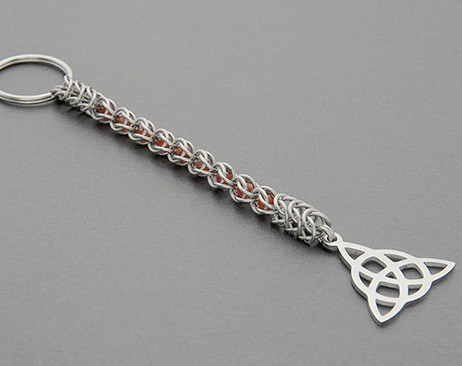



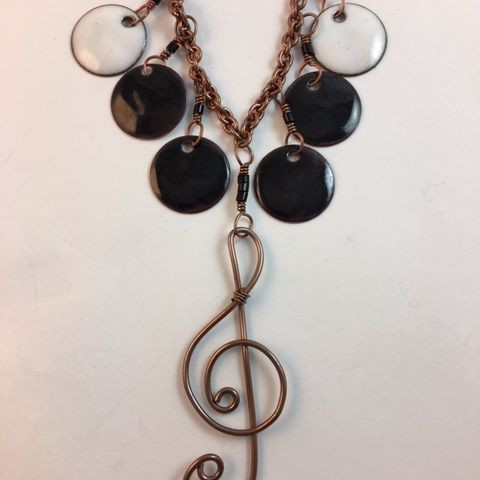
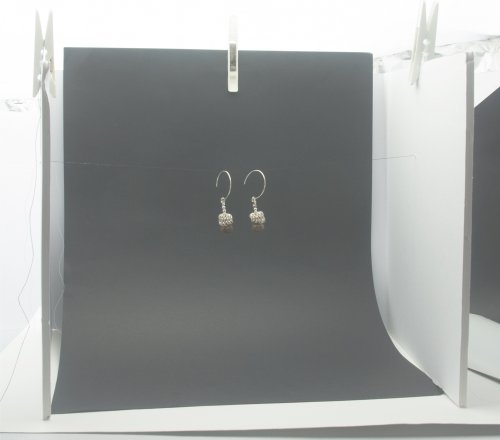
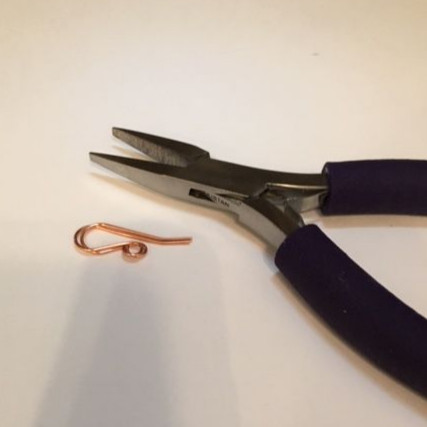
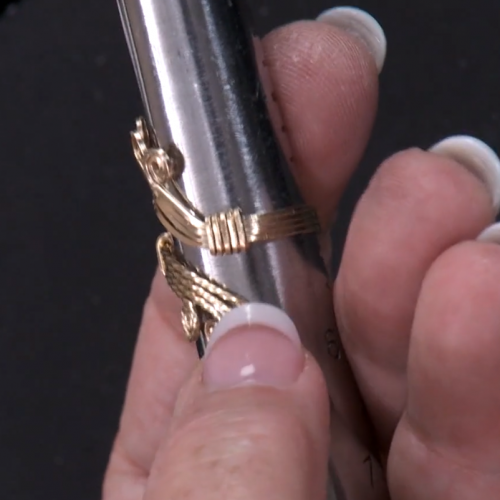



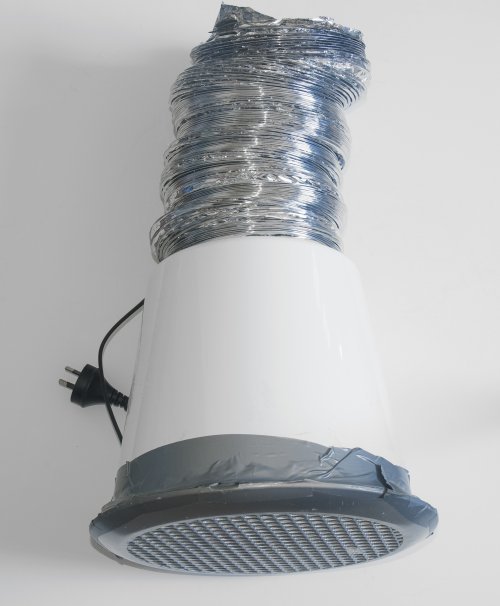

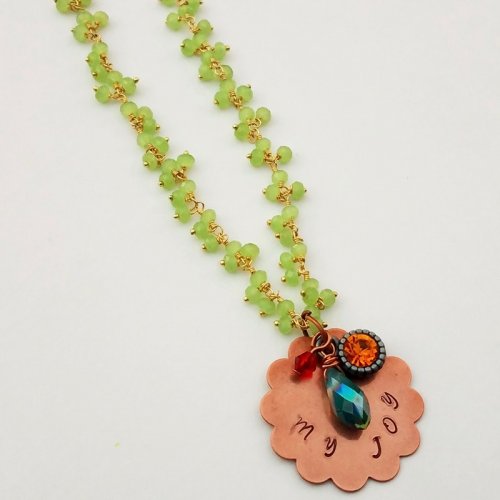



 Gem Profile- Moissanite
Gem Profile- Moissanite Birthstone Swarovski Colors
Birthstone Swarovski Colors Gem profile- Paua and Abalone
Gem profile- Paua and Abalone Tips for Tucson Shopping- Gem Show Secrets
Tips for Tucson Shopping- Gem Show Secrets About Jewelry Chain- About Ball Chain
About Jewelry Chain- About Ball Chain About Jewelry Chain- Snake Chain and Omega Chain
About Jewelry Chain- Snake Chain and Omega Chain About Jewelry Chain- Bar Chain and Peanut Chain
About Jewelry Chain- Bar Chain and Peanut Chain About Jewelry Chain- Cable Chain and Rolo Chain
About Jewelry Chain- Cable Chain and Rolo Chain About Jewelry Chain- Curb Chain and Gourmette Chain
About Jewelry Chain- Curb Chain and Gourmette Chain About Jewelry Chain- Figaro Chain
About Jewelry Chain- Figaro Chain About Jewelry Chain- Infinity Chain and Anchor Chain
About Jewelry Chain- Infinity Chain and Anchor Chain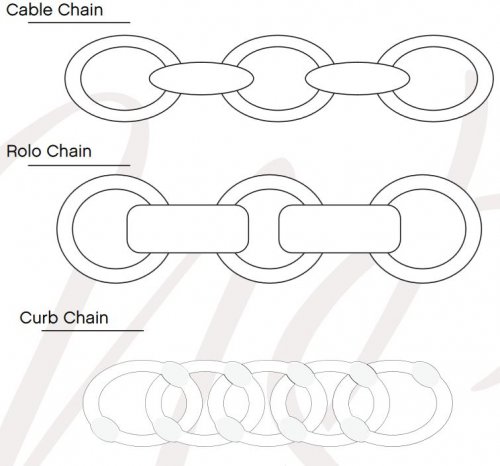 About Jewelry Chain- Chain Reference Sheet
About Jewelry Chain- Chain Reference Sheet About Jewelry Chain- Venetian Chain and Box Chain
About Jewelry Chain- Venetian Chain and Box Chain About Jewelry Chain- Wheat Chain and Rope Chain
About Jewelry Chain- Wheat Chain and Rope Chain Introduction to Chain
Introduction to Chain Access More Money by Making Jewelry When Your Prices Are Right
Access More Money by Making Jewelry When Your Prices Are Right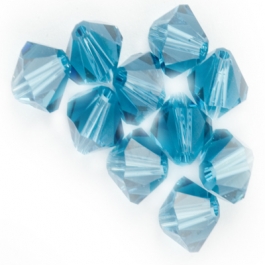 An Introduction to Beads and Beading
An Introduction to Beads and Beading Common Gemstone Misconceptions
Common Gemstone Misconceptions Wire Wrapped Christmas Tree
Wire Wrapped Christmas Tree How To Polish Metal Jewelry using a Rotary Tumbler
How To Polish Metal Jewelry using a Rotary Tumbler How To Polish Your Own Rocks using a Rotary Rock Tumbler
How To Polish Your Own Rocks using a Rotary Rock Tumbler How to Merchandise Your Jewelry on the Internet
How to Merchandise Your Jewelry on the Internet How to Use Twitter as a Wire Jewelry Artist
How to Use Twitter as a Wire Jewelry Artist 20 Ideas to get your Jewelry Biz Busy
20 Ideas to get your Jewelry Biz Busy Watching the Precious Metals Market
Watching the Precious Metals Market Jewelry Design Ideas - Get Inspired
Jewelry Design Ideas - Get Inspired Measuring Tools
Measuring Tools July Birthstone - The Ruby
July Birthstone - The Ruby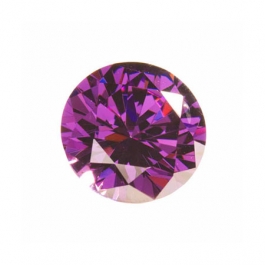 February Birthstone- Amethyst
February Birthstone- Amethyst March Birthstone - Aquamarine and Bloodstone
March Birthstone - Aquamarine and Bloodstone September Birthstone - Sapphire
September Birthstone - Sapphire November Birthstones - Topaz and Citrine
November Birthstones - Topaz and Citrine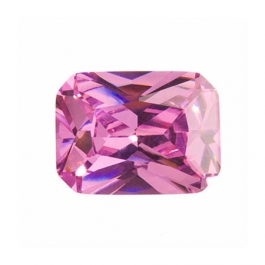 October Birthstones - Rose Zircon, Pink Tourmaline and Opal
October Birthstones - Rose Zircon, Pink Tourmaline and Opal April Birthstone - The Diamond
April Birthstone - The Diamond August Birthstone - Peridot and Sardonyx
August Birthstone - Peridot and Sardonyx June Birthstones - Alexandrite, Pearl and Moonstone
June Birthstones - Alexandrite, Pearl and Moonstone Metalsmithing
Metalsmithing Featured Tool - Mini TruStrike Hammers
Featured Tool - Mini TruStrike Hammers Natural Jasper Stones - Cabochon Gemstones
Natural Jasper Stones - Cabochon Gemstones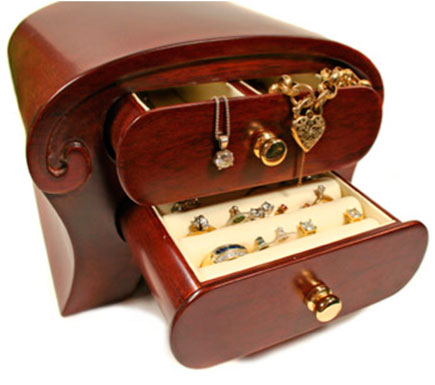 Organize Your Jewelry Box
Organize Your Jewelry Box Pearls- It's a Cultural Thing
Pearls- It's a Cultural Thing Soldering 101
Soldering 101 Starting Your Own Home Jewelry Business
Starting Your Own Home Jewelry Business The Art of Creating Chainmail
The Art of Creating Chainmail Why Should I Be Using Facebook
Why Should I Be Using Facebook Make Handmade Neck Cords on a Dime
Make Handmade Neck Cords on a Dime Tagging Handmade Jewelry Gifts
Tagging Handmade Jewelry Gifts Share Your Expertise with Your Community
Share Your Expertise with Your Community Creating Color Schemes for Jewelry Making
Creating Color Schemes for Jewelry Making Bronze, Brass, Nickel Silver and Copper Base Metals
Bronze, Brass, Nickel Silver and Copper Base Metals Gemstone Treatments
Gemstone Treatments How Wire is Made
How Wire is Made Beading A-B-C's
Beading A-B-C's How to Set Up Your Workspace
How to Set Up Your Workspace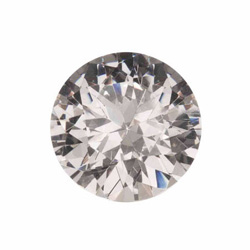 Gem Profile- Diamond
Gem Profile- Diamond Gem Profile- Peridot
Gem Profile- Peridot Gem Profile- Goldstone
Gem Profile- Goldstone Gem Profile- Cryptocrystalline Quartz Introduction
Gem Profile- Cryptocrystalline Quartz Introduction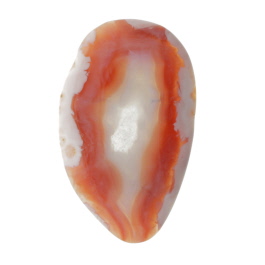 Gem Profile- Banded Agate and Brecciated Agate
Gem Profile- Banded Agate and Brecciated Agate Gem Profile- Emerald
Gem Profile- Emerald Gem Profile- Titanite or Sphene
Gem Profile- Titanite or Sphene Gem Profile- Morganite
Gem Profile- Morganite Gem Profile- Desert Rose
Gem Profile- Desert Rose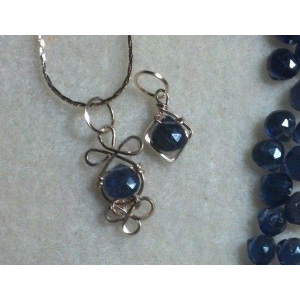 Gem Profile- Iolite
Gem Profile- Iolite Gem Profile- Zultanite
Gem Profile- Zultanite Gem Profile- Maw Sit Sit
Gem Profile- Maw Sit Sit Gem Profile- Tanzanite
Gem Profile- Tanzanite Gem Profile- Aquamarine
Gem Profile- Aquamarine Gem Profile- Turquoise
Gem Profile- Turquoise Gem Profile- Turquoise Types
Gem Profile- Turquoise Types Gem Profile- What's Druze
Gem Profile- What's Druze Gem Profile- Basalt
Gem Profile- Basalt Gem Profile- Fordite
Gem Profile- Fordite Gem Profile- Variscite
Gem Profile- Variscite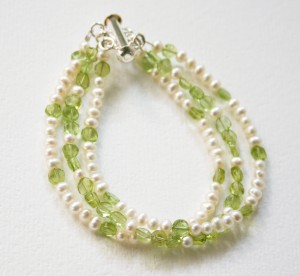 Gem Profile- Pearls
Gem Profile- Pearls Gem Profile- Onyx
Gem Profile- Onyx Gem Profile- Sunstone
Gem Profile- Sunstone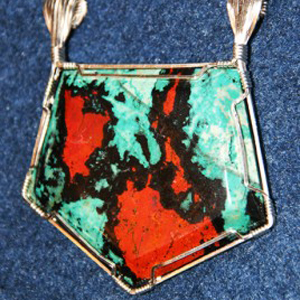 Gem Profile- Sonora Sunrise
Gem Profile- Sonora Sunrise Gem Profile- Rhodonite
Gem Profile- Rhodonite Gem Profile- Glass, Crystal and Quartz
Gem Profile- Glass, Crystal and Quartz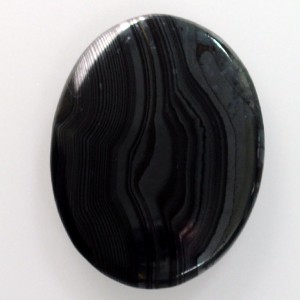 Gem Profile- Psilomelane
Gem Profile- Psilomelane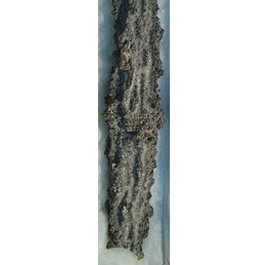 Gem Profile- Fulgurite
Gem Profile- Fulgurite Gem Profile- Cat's Eye
Gem Profile- Cat's Eye Gem Profile- Carnelian
Gem Profile- Carnelian Gem Profile- Petoskey Stones and Indonesian Fossil Coral
Gem Profile- Petoskey Stones and Indonesian Fossil Coral Gem Profile- Rutilated Quartz
Gem Profile- Rutilated Quartz Gem Profile- Chrysocolla
Gem Profile- Chrysocolla Gem Profile- Jet
Gem Profile- Jet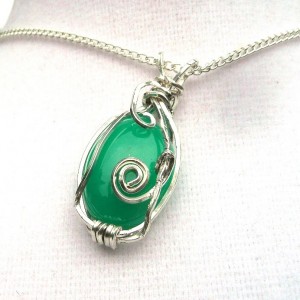 Gem Profile- Chrysoprase
Gem Profile- Chrysoprase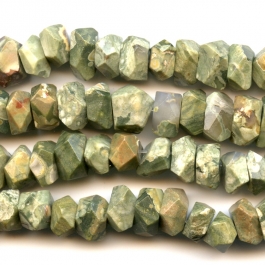 Gem Profile- Rhyolite
Gem Profile- Rhyolite Gem Profile- Chalcedony
Gem Profile- Chalcedony Gem Profile- Lepidolite and Sugilite
Gem Profile- Lepidolite and Sugilite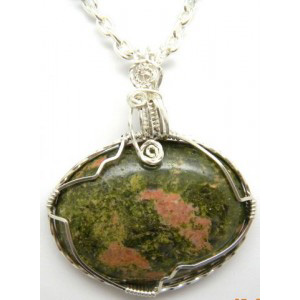 Gem Profile- Unakite
Gem Profile- Unakite Gem Profile- Cowrie Shells, Conch Shells, and Drilling Shells
Gem Profile- Cowrie Shells, Conch Shells, and Drilling Shells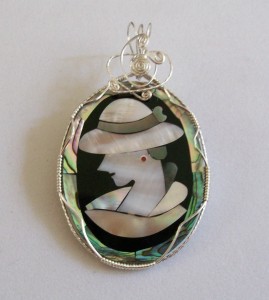 Gem Profile- Mother of Pearl
Gem Profile- Mother of Pearl Gem Profile- Moss Agate and Plume Agate
Gem Profile- Moss Agate and Plume Agate Gem Profile- Thundereggs and Mexican Lace Agate
Gem Profile- Thundereggs and Mexican Lace Agate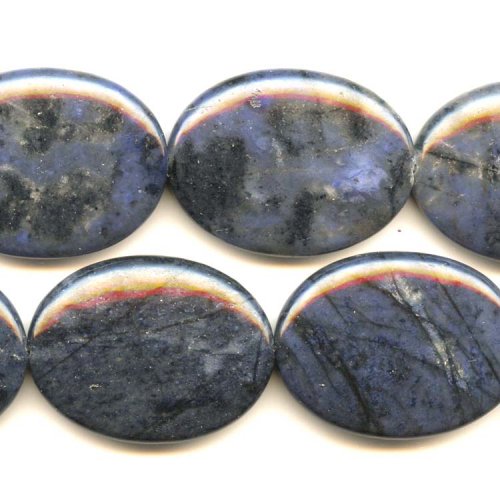 Gem Profile- Dumortierite
Gem Profile- Dumortierite Gem Profile- Apatite
Gem Profile- Apatite Gem Profile- Blue Topaz
Gem Profile- Blue Topaz Gem Profile- Aragonite
Gem Profile- Aragonite Gem Profile- Zircon and Cubic Zirconia
Gem Profile- Zircon and Cubic Zirconia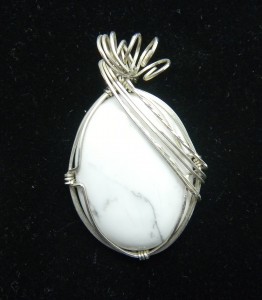 Gem Profile- Howlite
Gem Profile- Howlite Gem Profile- Sodalite
Gem Profile- Sodalite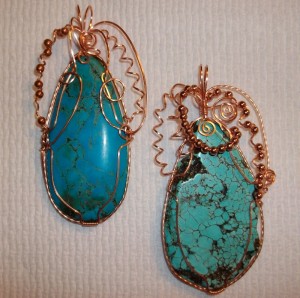 Gem Profile- Magnesite
Gem Profile- Magnesite Gem Profile- Cuprite
Gem Profile- Cuprite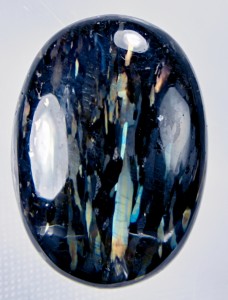 Gem Profile- Nuummite
Gem Profile- Nuummite Gem Profile- Bronzite
Gem Profile- Bronzite Gem Profile- Kyanite
Gem Profile- Kyanite Gem Profile- Hematite
Gem Profile- Hematite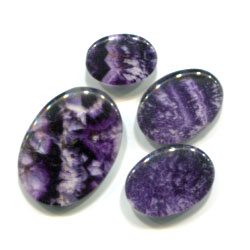 Gem Profile- Derbyshire Blue John
Gem Profile- Derbyshire Blue John Gem Profile- Eilat Stone
Gem Profile- Eilat Stone Gem Profile- Vesuvianite
Gem Profile- Vesuvianite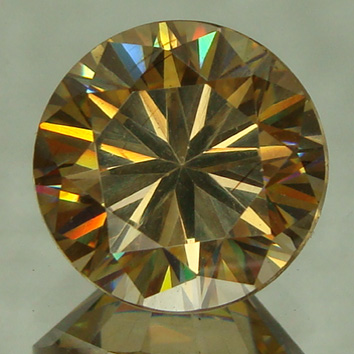 Gem Profile- Strontium Titanate -Fabulite
Gem Profile- Strontium Titanate -Fabulite Gem Profile- Tourmaline
Gem Profile- Tourmaline Gem Profile- Larimar
Gem Profile- Larimar Gem Profile- Garnet
Gem Profile- Garnet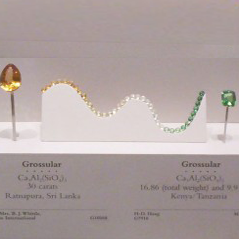 Gem Profile- Tsavorite and Green Garnets
Gem Profile- Tsavorite and Green Garnets Gem Profile- Seraphinite
Gem Profile- Seraphinite Gem Profile- Serpentine
Gem Profile- Serpentine American Wire Gauge
American Wire Gauge Viking Knit Chain and I Cord Chain
Viking Knit Chain and I Cord Chain Copper Roses
Copper Roses How to Make Medical ID Bracelets Special
How to Make Medical ID Bracelets Special Remembering the Fallen
Remembering the Fallen


